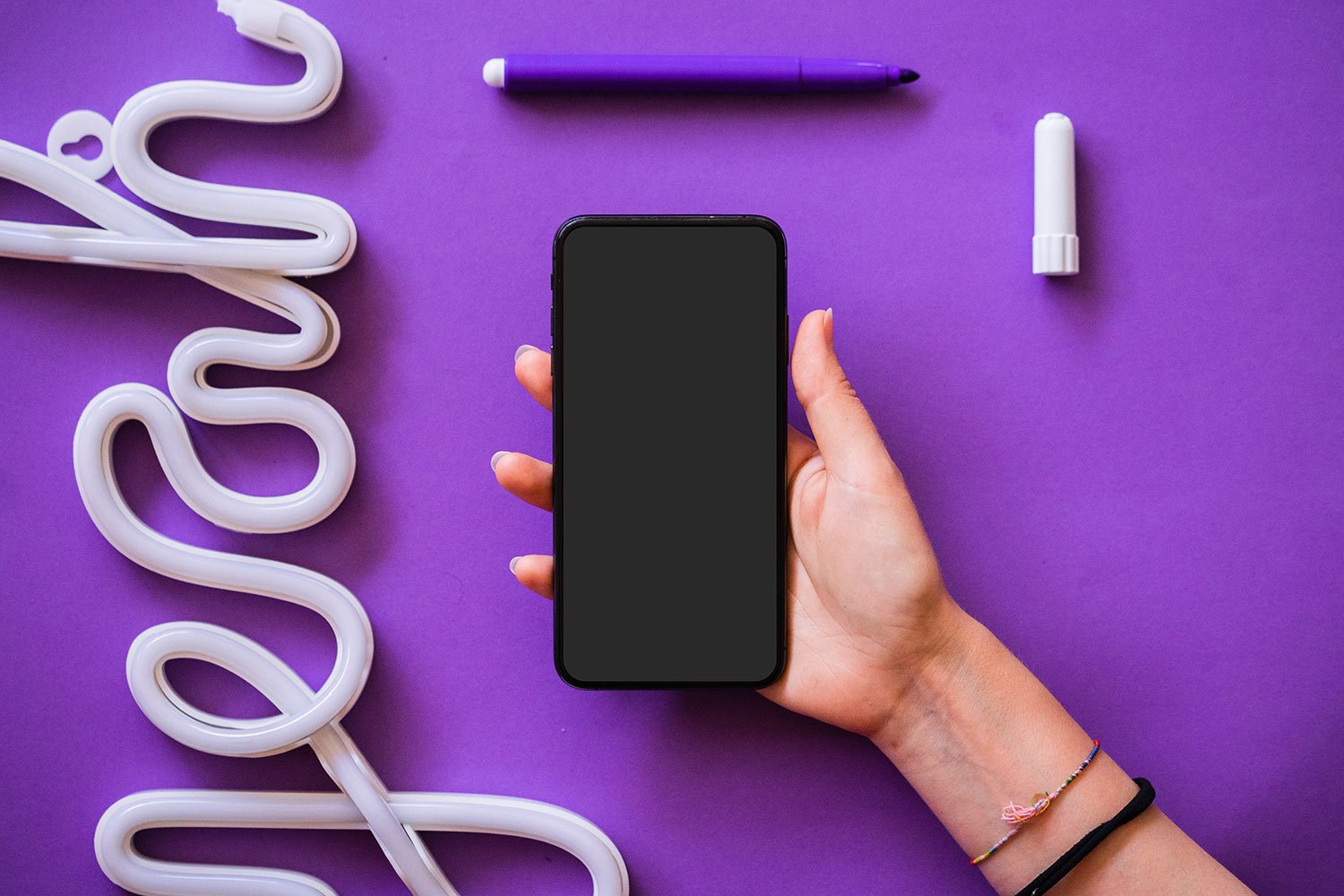Table of Contents
Introduction
The story of the iPhone is a story of innovation, disturbance, and cultural change. Since its launch in 2007, Apple’s iPhone has redefined the smartphone industry, a combination of state-of-the-art technology with an elegant design. From the first touch screen unit to today’s AI-operated model, the development of the iPhone reflects Apple’s obligation to promote the boundaries.
In this blog post, we dive into the most important milestones, features, and effects of the iPhone, showing how it became a global event. Are you ready to highlight the journey to this acclaimed device? Let’s get started!

History of iPhone: Key Milestone
Birth of iPhone (2007)

The story of the iPhone began on January 9, 2007, when Steve Jobs unveiled the first iPhone at Macworld in San Francisco. It was a game switch, including a phone, iPod, and Internet communicator.
- Important features:
- 3.5-inch touchscreen view
- 2MP camera
- iOS operating system
- Effect: According to Apple’s report, 6.1 million units were sold by 2008.
- Example: The multi-touch interface of the iPhone abolished the physical keyboard and set a new standard for the smartphone.
iPhone 3G and App Store (2008)
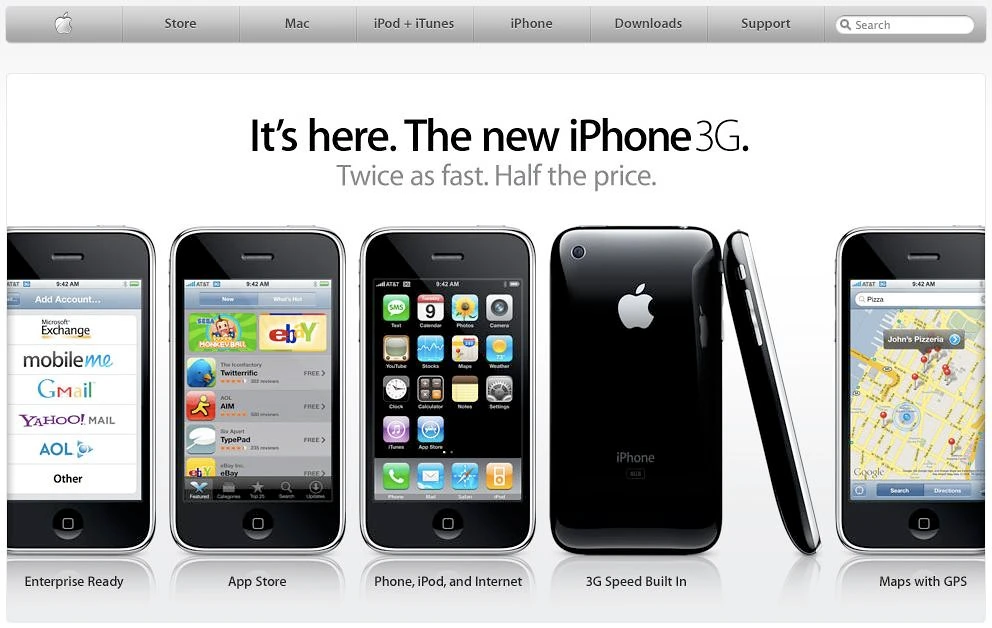
The iPhone 3G introduced a revolutionary platform for fast connection and app store, third-party apps.
- Specifications:
- 3G network support
- GPS functionality
- Plastic back design
- App Store Growth: More than 500 apps at launch grow to 10,000 by 2009 (Statista).
- Cultural changes: apps like Angry Birds and Instagram rebuilt entertainment and social media.
iPhone 4 and Retina Display (2010)
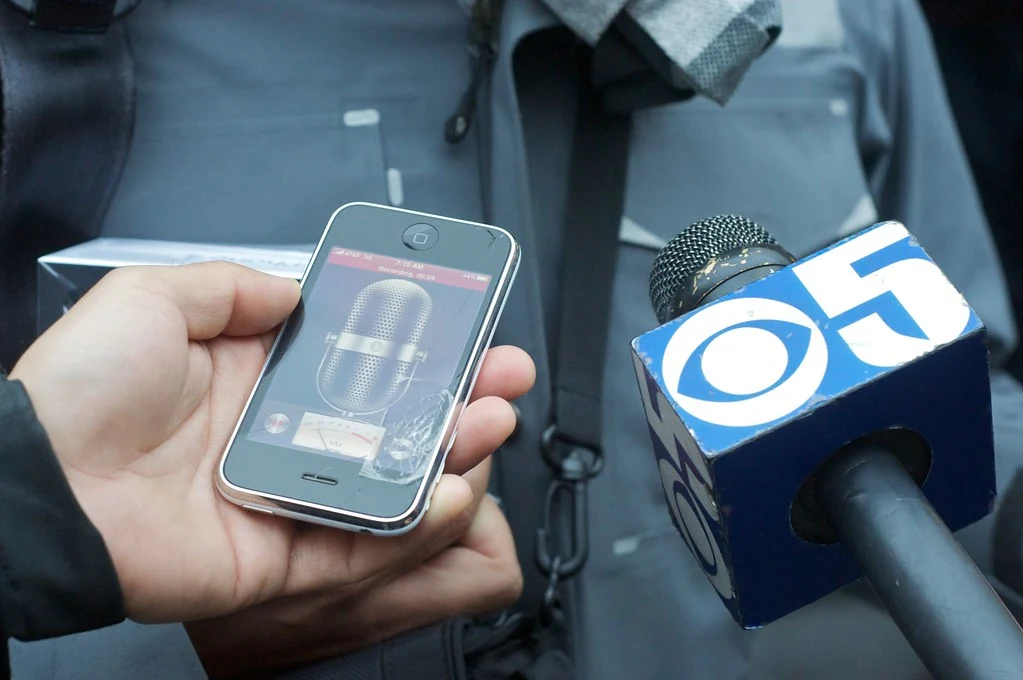
The iPhone 4 introduced the Retina screen and a stainless steel design, which raised the smartphone aesthetics bar.
- Innovation:
- 5MP -camera with LED flash
- Front-facing camera for facetime
- A4 -chip for quick performance
- Sales: 1.7 million units sold during the first three days (Apple).
- Case study: The design of the iPhone 4 inspired competitors like Samsung to prioritize premium content.
iPhone 5 and Lightning Connector (2012)

The iPhone 5 replaced a long performance and a 30-pin dock with a Lightning Connector.
- Features:
- The 4-inch Retina performance
- A6 chip (twice as fast as A5)
- 8MP -camera with panoramic mode
- Market influence: 5 million units were sold on the first weekend.
iPhone 6 and big screen (2014)
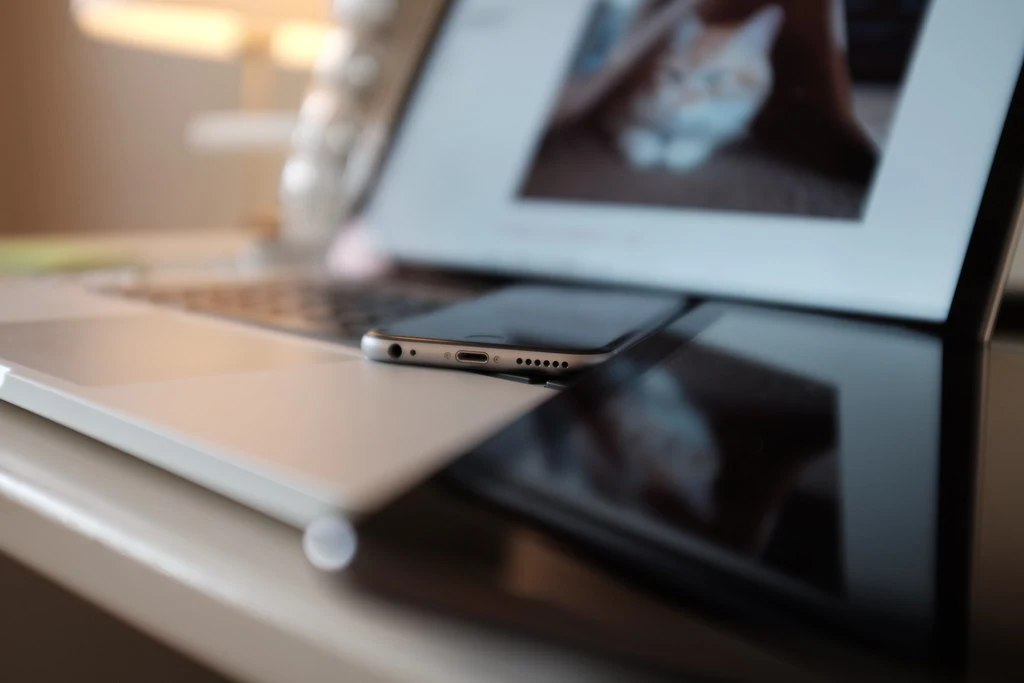
The iPhone 6 and 6 Plus embraced large screens, serving consumers’ demand for large screens.
- Specifications:
- 4.7-inch (iPhone 6) and 5.5-inch (6 plus) screen
- Apple Pay Integration
- A8 chip
- Sales Milestone: 10 million units sold in the first weekend (Apple).
- Trendsetter: The big screen affected Android producers such as Google and Huawei.
iPhone X and Face ID (2017)

The iPhone X marked the 10th anniversary with a bezel-free design and facial ID.
- Important features:
- 5.8-inch OLED Super Retina Display
- Remove the home button
- A11 Bionic piece with nerve motor
- Innovation: Face ID’s face identification determines a new standard for security.
- Market response: 46% of the iPhone sales in the 1st quarter of 2018 were iPhone X (Canalys).
Newer models: iPhone 13 to 16 (2021–2024)
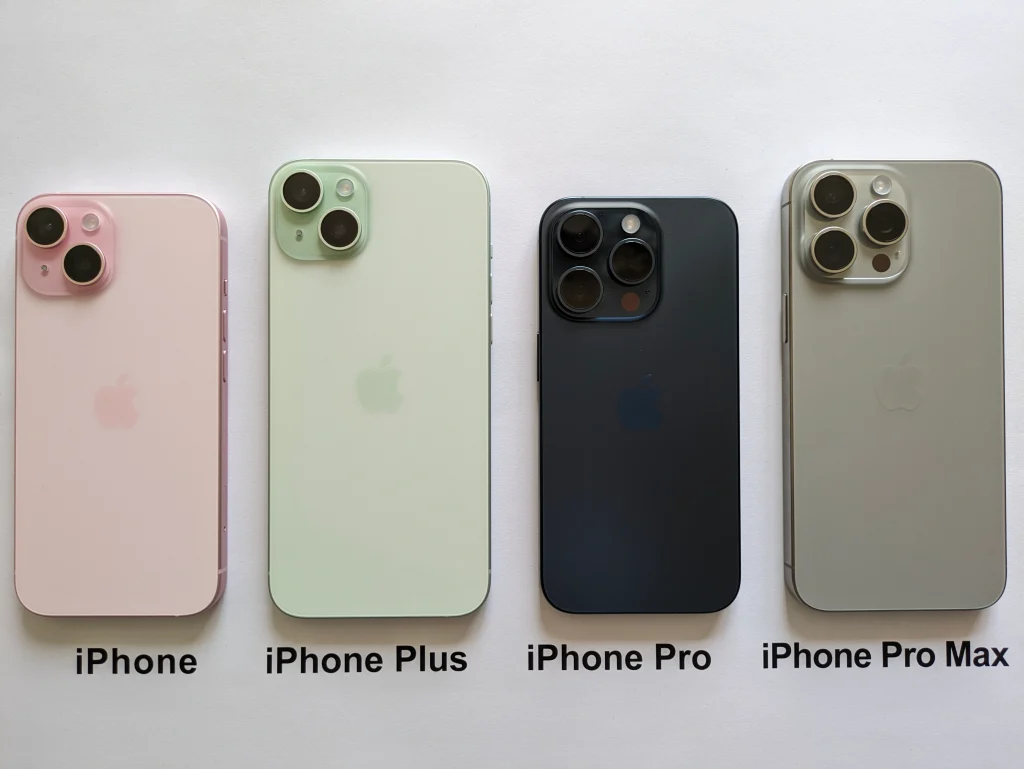
The latest iPhones focus on performance, cameras, and stability.
- iPhone 13 (2021): A15 Bionic Chip, Cinematic Mode.
- iPhone 14 (2022): Crash detection, satellite connection.
- iPhone 15 (2023): USB-C Connector, Dynamic Island.
- iPhone 16 (2024): Apple Intelligence, Anied AI features.
- Statistics: 52% global smartphone in iPhone 2023 (counterpoint research) was responsible for revenue.
Cultural and technical influence of iPhone
Rejected communication
The iPhone popularized message apps such as iMessage and WhatsApp, which reduced the dependence on SMS.
- Example: End-to-end encryption of iMessage sets a secrecy standard.
- Statistics: 1.3 billion iMessage users until 2023 (Apple).
Size to the smartphone industry
Apple’s innovations forced participants to adapt.
Table: iPhone vs. Competitors (2010–2020)—History of iPhone: A Revolutionary trip via Apple’s Prestigious Smartphone
| Year | iPhone Feature | Competitor Response |
| 2010 | Retina Display | Samsung AMOLED screens |
| 2014 | Apple Pay | Google Pay launch |
| 2017 | Face ID | Android facial recognition |
Environmental initiative
Apple’s stability effort includes recycled materials and measurements for carbon neutrality.
- Example: iPhone 15 uses 100% recycled aluminum.
- Objective: Carbon-Flaw’s supply chain until 2030 (Apple).
Conclusion
The history of the iPhone first shows a legacy of innovation from touch screen models to the AI-operated iPhone 16. Each release has affected technical boundaries, reduced communication, and global culture. Whether you are an Apple enthusiast or a technically curious reader, the iPhone visit is a willingness for what is possible when the design meets the function. Want to share your favorite iPhone moment? Leave a comment below or see our related posts on Apple’s ecosystem!
FAQs: The story of the iPhone
1. When was the first iPhone released?
The first iPhone was released on June 29, 2007, after the announcement of Steve Jobs in McWorld.
2. What was the first iPhone with Face ID?
The iPhone X, released in 2017, was the first iPhone to facilitate Face ID.
3. How has the iPhone camera evolved?
The iPhone cameras have developed 2MP lenses in triple-lens systems with night mode and film mode in newer models from 2MP lenses in 2007.
4. Why is the iPhone so popular?
The popularity of the iPhone comes from the integration of its user-friendly iOS, premium design, and Apple Watch.






